The post A Beginner’s Guide to Light Modifiers (For Stunning Portraits) appeared first on Digital Photography School. It was authored by Gina Milicia.

Light modifiers are a powerful way to shape or control light.
And with the right approach, you can use modifiers to achieve beautifully lit, gorgeous portraits.
In this article, I’m going to share everything you need to know about modifiers. I’ll take you through all the most popular modifiers – and I’ll explain precisely what they do and why you might want to use them.
By the time you’re done, you’ll be a light modification expert!
Let’s get started.
Are light modifiers really necessary?
Technically, you can do portrait photography without modifiers. You can shoot with a subject and an unmodified flash.
However, a naked flash produces hard light and harsh shadows, which I think look really unflattering.
That’s why I rarely work without some sort of diffusion modifier. It softens the light, softens the shadows, and gives you a flattering end result.
Nobody is ever going to tell you, “Wow, I love the way your hard lighting has captured and enhanced every single pore, line, and blemish on my skin. I actually look ten years older. Thanks!”
Hence, it’s often a good idea to start with soft, carefully modified lighting.
There are, of course, many really cool uses for hard lighting, and some photographers can make it look brilliant. I’m just not one of them. I like to control the light and only illuminate certain areas of my shot.
Therefore, for me, modifiers are absolutely essential.
A quick note about light modifier costs
Every kind of light modifier will have a top-of-the-line version and a really cheap version.
The main difference is that the cheaper versions won’t be as durable. This becomes important when you’re using them every single day.
So once you become an experienced studio photographer, it makes sense to invest in high-quality modifiers.
When you’re learning to use modifiers, however, I recommend choosing cheap versions. They’ll perform just fine, and you’ll save yourself a lot of money.

How to choose the perfect modifier for a photoshoot
Different modifiers affect the light in different ways.
Some modifiers broaden the beam to soften the light. Other modifiers narrow the beam to harden the light.
So when selecting a modifier, ask yourself:
What kind of lighting am I trying to create?
If you’re after the soft, diffused effect you’d get from an overcast sky, you might want to consider one of these modifiers:

But if you want a harder light source like the sun on a cloudless day, try one of these modifiers instead:

Note that, if you’re shooting outside or near windows, your choice of modifier should depend on the ambient light. Harsh sunlight should be combined with hard modifiers, and cloudy light should be combined with soft modifiers.
Make sense?
When picking a modifier, it’s also important to consider the mood you’re after. Soft light gives ethereal, beautiful portraits, whereas hard light tends to be more intense, in-your-face, and dramatic.
Now let’s take a look at the different light modifiers in much greater detail, starting with:
The umbrella
An umbrella creates a quality of light that is soft, abundant, and very forgiving.
Umbrellas are a great choice if you want to light a large area with flat, even lighting. Because umbrellas are easy to use and relatively cheap, they are a good beginner’s light modifier.
On the other hand, umbrellas tend to over-light scenes, spreading lots of light around.
Lots of light. All over the place. Like a hose with its spray nozzle set to “everywhere.”
So think of umbrellas as an only-use-in-case-of-emergency style of lighting. If you overuse them, things tend to get a bit ugly.

Types of umbrella light shapers
There are a few types of umbrellas you should consider:
- Silver/gold reflective umbrella: These babies throw light everywhere. They are great for lighting large groups of people. The silver umbrella will give you a slightly cooler light while the gold umbrella creates warmer light. Both produce a slightly harder result than the white reflective umbrella.
- White reflective umbrella: This umbrella creates soft light with slightly less spread and contrast than the silver and gold reflective umbrellas. Because the style of light allows people to move around a lot while staying in a consistently even source of light, white umbrellas are great to use when you are shooting groups and couples under pressure, such as for an event.
- White shoot-through umbrella: These are perfect as your first light modifier, as they diffuse and spread light quite evenly.

Umbrellas are a great first light modifier

When my children were young, I taught them how to ride bikes using training wheels. The wheels boosted their confidence. After a while, I took the training wheels off, and they rode on two wheels as if they’d been doing it all their lives.
I think using flash with an umbrella is the same. Use an umbrella as a learning tool until you get your balance, then move on to a better bike.
A final note on umbrellas
Umbrellas are great for indoor lighting.
But they’re tricky – and even downright dangerous – to use outside.
I’ve had countless (expensive) lights blown over when using umbrellas. So if you must use them outdoors, then please make sure you have somebody holding them or sandbags to keep them in place.
The scrim
After you’ve ditched your umbrella training wheels, the next step is to work with a scrim panel.
A scrim is a square or rectangular frame with a fabric diffusion material stretched across, like this:
 Scrims are a really cool way to create large areas of soft, diffused light as if you’re shooting next to a large window or have clouds over the sun. And they’re great for diffusing flash, continuous light, and sunshine.
Scrims are a really cool way to create large areas of soft, diffused light as if you’re shooting next to a large window or have clouds over the sun. And they’re great for diffusing flash, continuous light, and sunshine.

Remember: The larger the light source, the softer the light.
In fact, of all the light modifiers, a scrim is probably the most versatile and a must have in your kit.
This is a piece of equipment that you can easily make yourself. I used a DIY scrim for my first 10 years as a photographer.
The softbox

Softboxes are low-cost and versatile modifiers that create a beautiful, soft, easily controllable light source.
If I could only pick one light modifier to take to a deserted island, it would have to be the softbox. Small, medium, or large, this little puppy is my go-to light source for 80% of my shoots.
Why? The quality of light is soft, flattering, and malleable. Changing the angle and proximity of the softbox to the sitter easily changes the hardness of the light and the direction of the shadow.
It’s one of the light modifiers that most accurately recreates the effect of soft daylight coming through a window. I think what I like most about this light modifier is that it’s subtle. Highlights gently merge into shadows.
This image of a racecar driver, Glauco Junior Solleri, was taken using a speedlight and a small Lumiquest softbox:
 |
 |
For the above photo, I only wanted to light Glauco’s face and let the background fade to black. If I had used an umbrella, I would’ve sprayed light everywhere, illuminating the entire background and killing my moody vibe.
In fact, I think I love this light modifier more than Nutella.
(There! I said it.)
Softbox options
I use a few different kinds of softboxes depending on where and what I’m shooting.
If I’m doing a studio shoot, I love using a softbox with a white reflective interior. The white interior creates a softer look, and this particular softbox has an extra layer of diffusion on the inside, adding even more softness to the light.
Some photographers remove the interior panel because they like the added contrast of harder light, but I prefer less contrast.
You can also increase the spread and contrast of your light by using silver or gold interior panels.
The beauty dish
The beauty dish differs from other light modifiers because it gives you a distinctive circular, soft-contrast light, which is perfect for lighting faces and defining bone structures such as cheekbones and chin lines.
Beauty dishes also create a circular catchlight in your model’s eyes, which looks quite natural.
(You can see why these modifiers are popular with fashion/beauty and celebrity photographers.)

The downside of beauty dishes is that the falloff from light to dark is very rapid, so you’ll often get shadows under your model’s chin and nose. You can compensate for the shadows by adding a fill board, like a white reflector, to reflect light up into your subject’s face.
The beauty dish I have was pretty cheap, which goes to show that you don’t need to shell out a lot of money for every piece of equipment. I like mine because it works with my speedlight, my Elinchrom monolight, and my battery flashes.
I like that kind of versatility in equipment because it means I have more options on the day of the shoot and less to carry around!
Why should you use a beauty dish?
A beauty dish gives you a certain look. It will light a small area and flatten out your model’s features.
Beauty dishes make people look great, but you need to light your model in a very specific way – from above – to really pull it off.
The gridspot

The gridspot is a bit of kit you can use in conjunction with a speedlight, monolight, or battery-operated flash. The width of the grid and the size of the holes will affect the width of the light beam hitting your subject.
A gridspot creates hard, focused light. I love to use gridspots in the same way I use beauty lights.

Here are some portrait images I did with Australian actor Scott McGregor, showing lighting without a gridspot (left) and with a gridspot (right):
 |
 |
Why should you use a gridspot?
I like using gridspots because they create a similar light to beauty dishes. The light is a bit harder, but gridspots are perfect for single portraits; you can pop light onto someone’s face and shoulders without impacting the background mood.
Gridspots are also perfect for outdoor use as they won’t get blown about.

Fresnel light

A Fresnel is a light modifier that can be focused. They were first used in lighthouses, then the technology was developed in continuous lighting for movies and television.
The Fresnel light modifier gives a soft, crisp, and very distinct look to portraits.
In this photo of Australian actor Robbie Magasiva, I’ve placed the Fresnel light slightly to camera right to create a shadow. I’ve softened the light with an umbrella to increase the amount of daylight fill.

Fresnel lighting is soft and crisp, reminiscent of 1940s portrait lighting. It’s a style that has become really popular lately, particularly with fashion and editorial photographers.
The downside of this type of lighting is that it’s pretty expensive.
Octabox

An octabox is what you’d get if a softbox and an umbrella merged into one.
An octabox serves up soft light just like a softbox. But it spreads its light around more, just like an umbrella.
Octaboxes are fantastic for lighting large groups evenly. Plus, they give round catchlights.
Here are two different ways to use the Rotalux Deep Octabox. The image on the left of actor Firass Dirani is shot with a deep octabox as a beauty dish. The light source is hard and drops off rapidly under Dirani’s chin to add contrast; this not only defines and sculpts his features but also gives the image an edgy look.
 |
 |
The image on the right, of actor Harley Bonner, is shot using the same Rotalux Deep Octabox. But this time, I’ve added the interior and exterior baffle to give a much softer light, and this blends in with the muted light and low-key feel I was going for.
I don’t own a standard octabox because I’m not a huge fan. But my Rotalux Deep Octabox offers more directed lighting and is a match made in heaven for lighting single portraits.


Mixing modifiers

I often mix my lighting modifiers to make my images more interesting.
In this television promotional shot I did for Fat Tony and Co., I used a medium-deep octabox as my main light and a gridspot as a hair light. I also added an umbrella for fill light on camera left because the deep octabox alone was too moody, and I wanted more detail in the shadows.
So don’t be afraid to use several different modifiers in a single shot!
A beginner’s guide to light modifiers: conclusion
Well, there you have it!
You’re now ready to use light modifiers like a professional.
So grab a modifier or two, start shooting, and have fun!
Now over to you:
Which of the light modifiers on this list appeals to you the most? Which is your favorite? Share your thoughts (and example images!) in the comments below.
The post A Beginner’s Guide to Light Modifiers (For Stunning Portraits) appeared first on Digital Photography School. It was authored by Gina Milicia.













































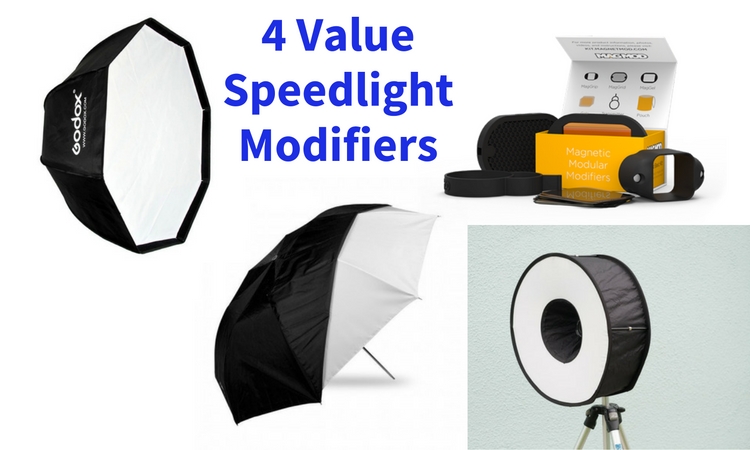
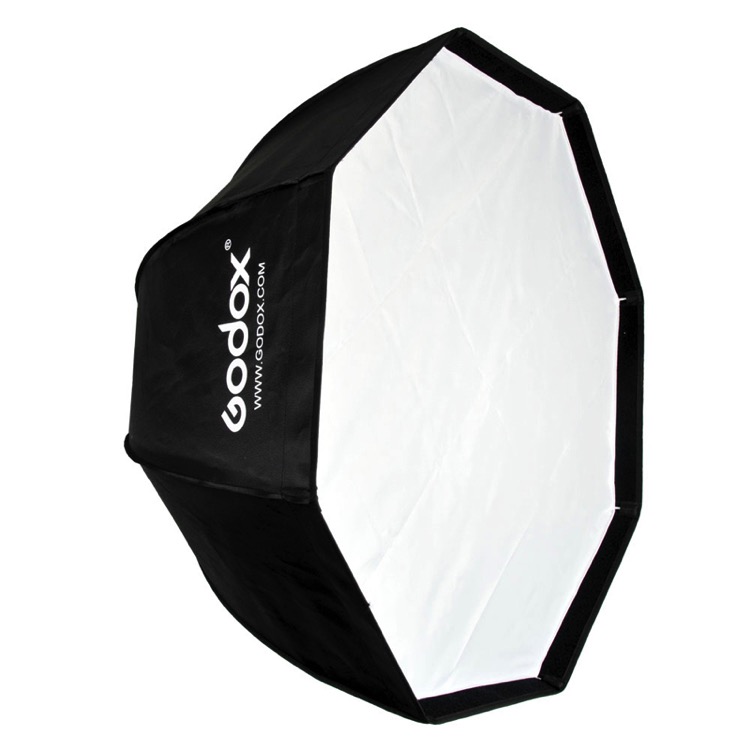
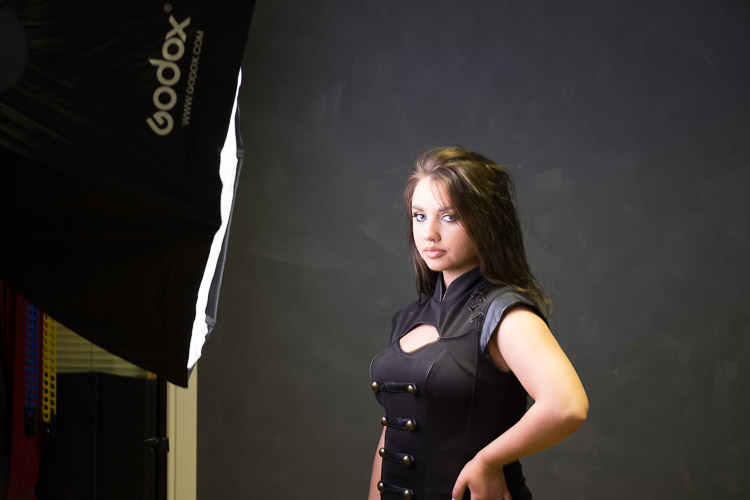
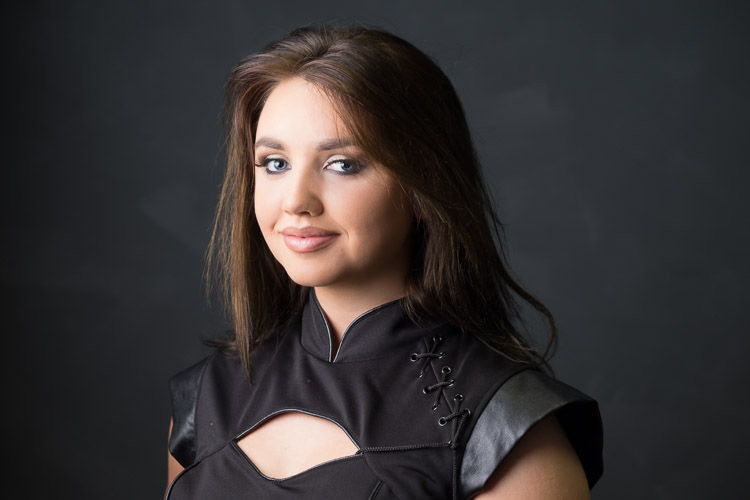
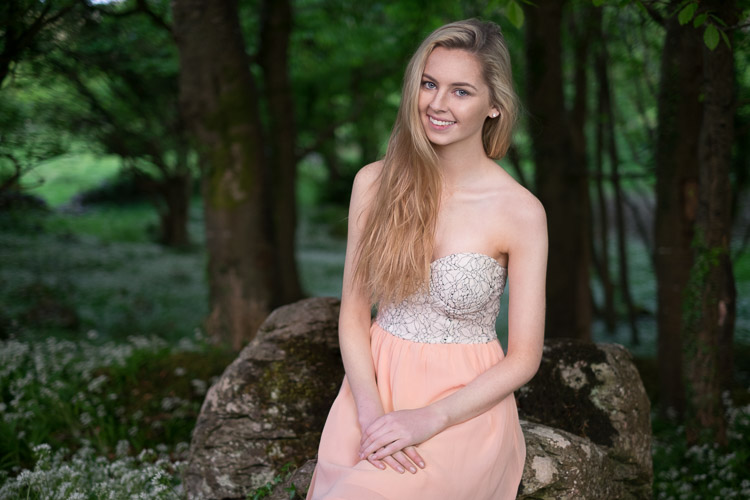
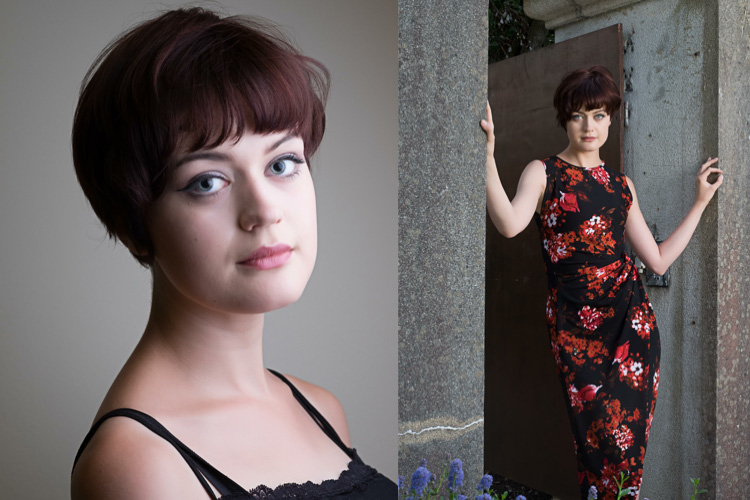
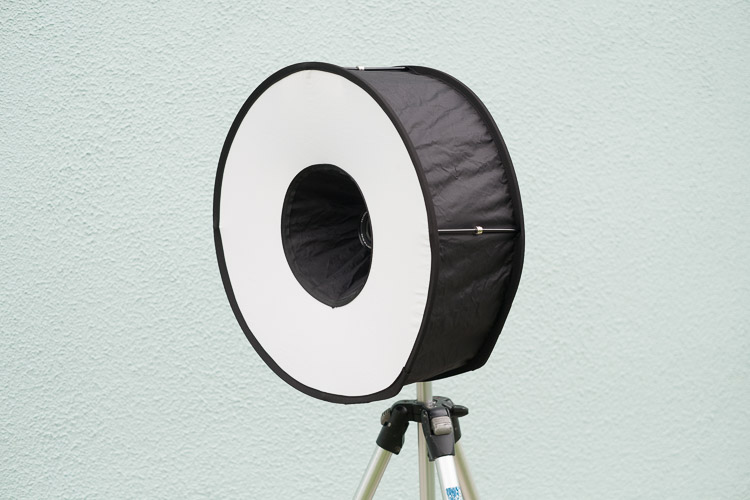
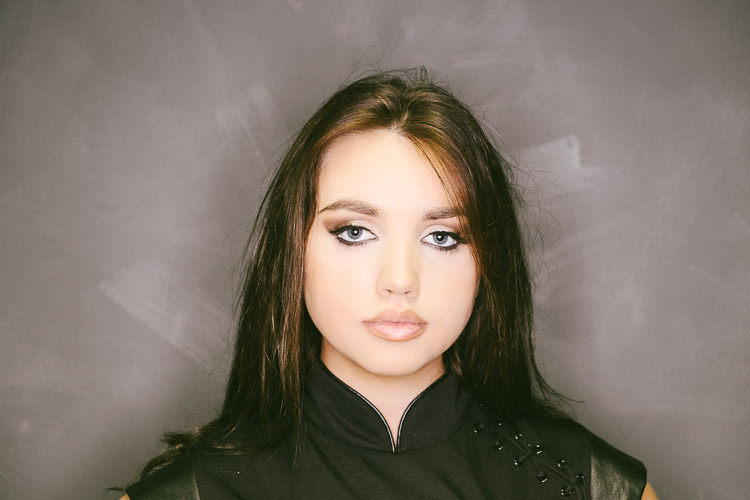
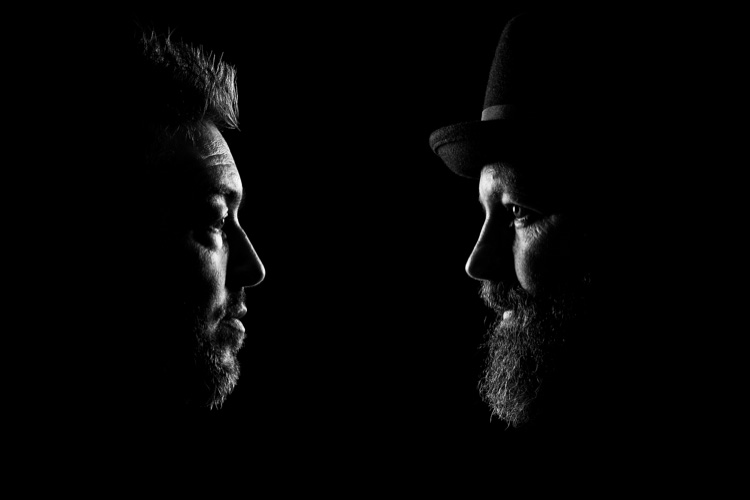

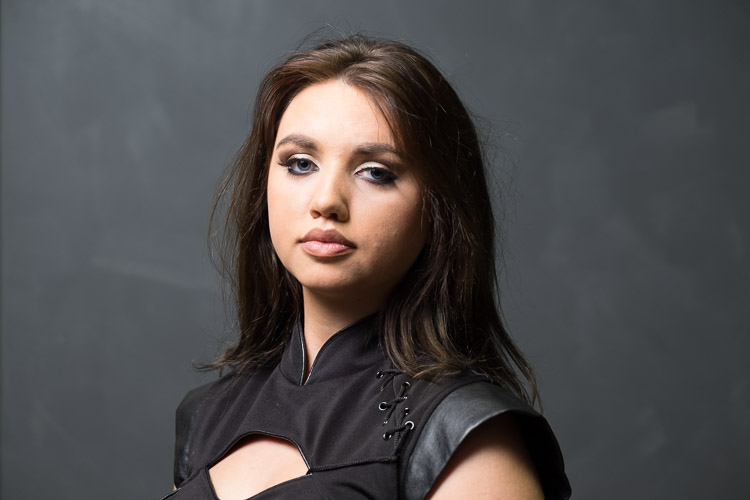

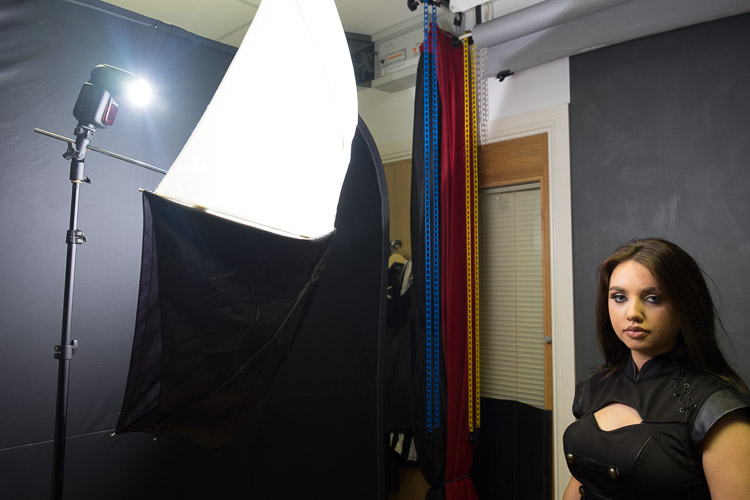
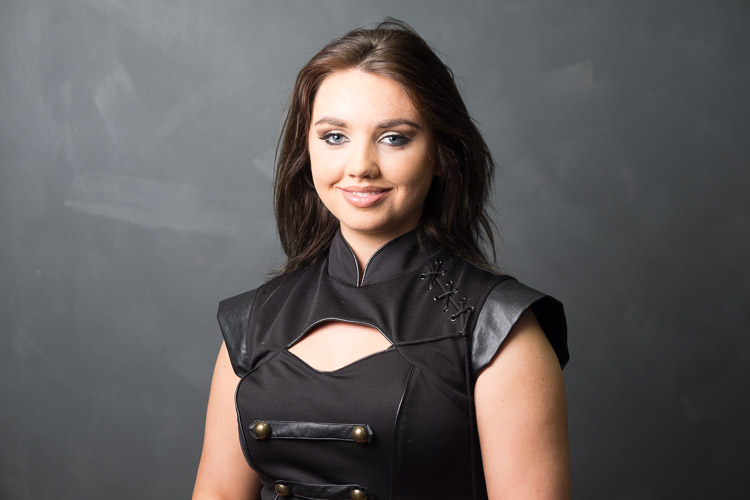
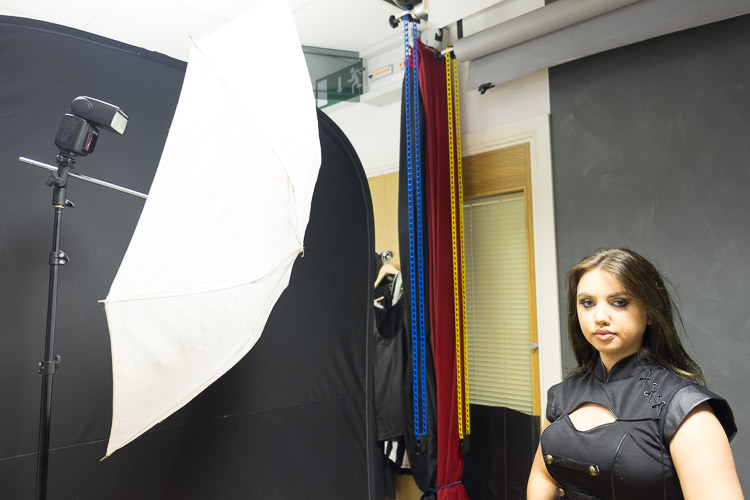
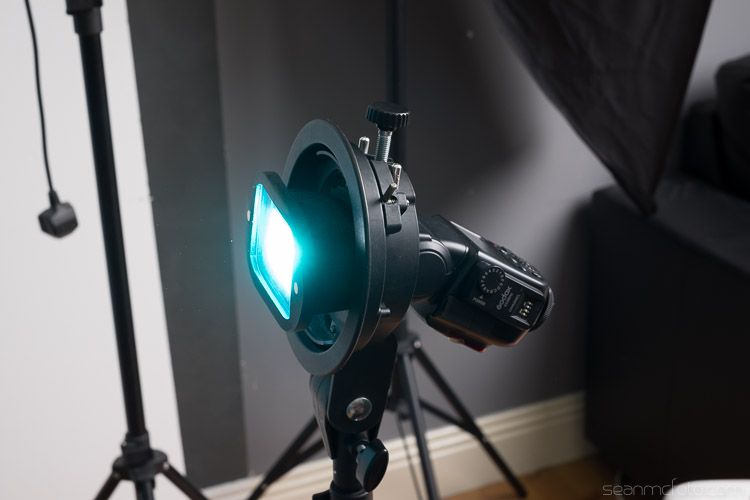
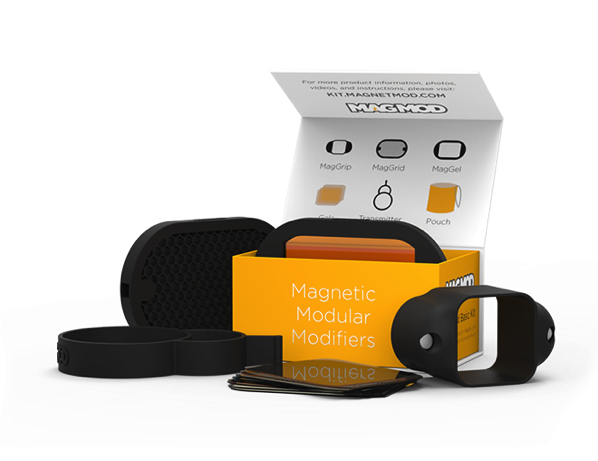 Here’s a shot done with a bare speedlight:
Here’s a shot done with a bare speedlight: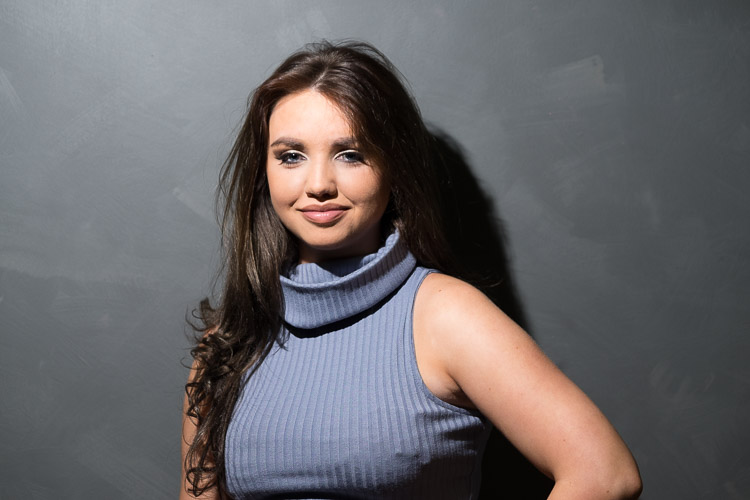
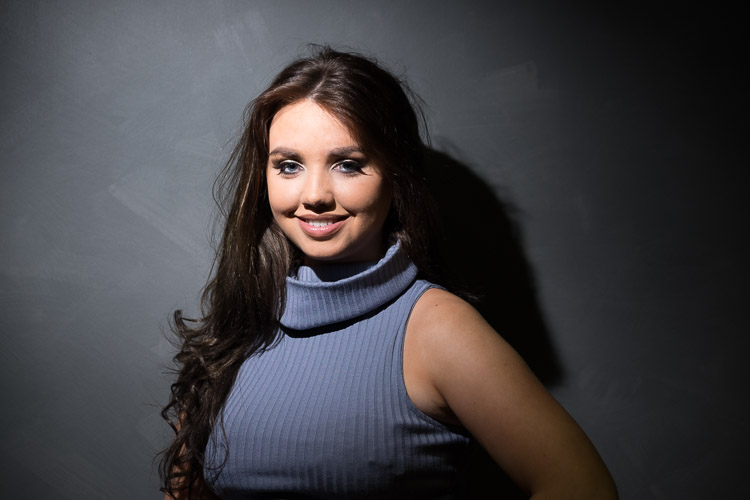
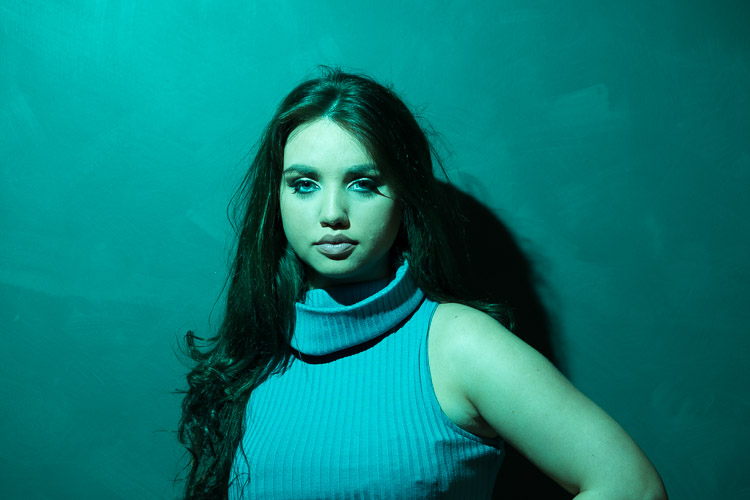
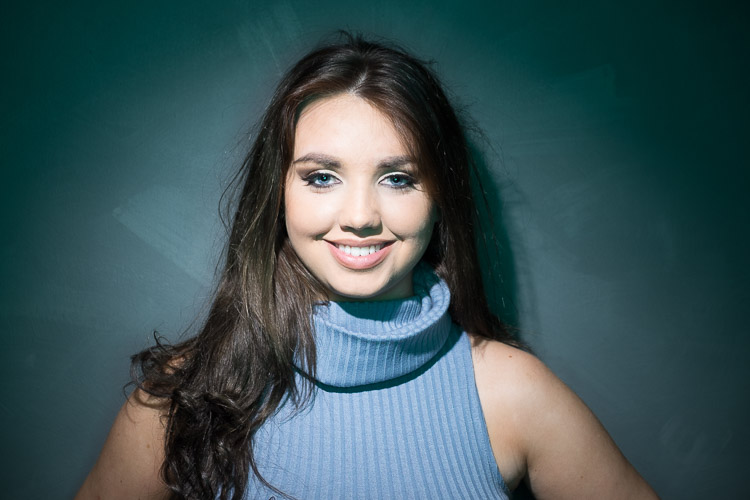
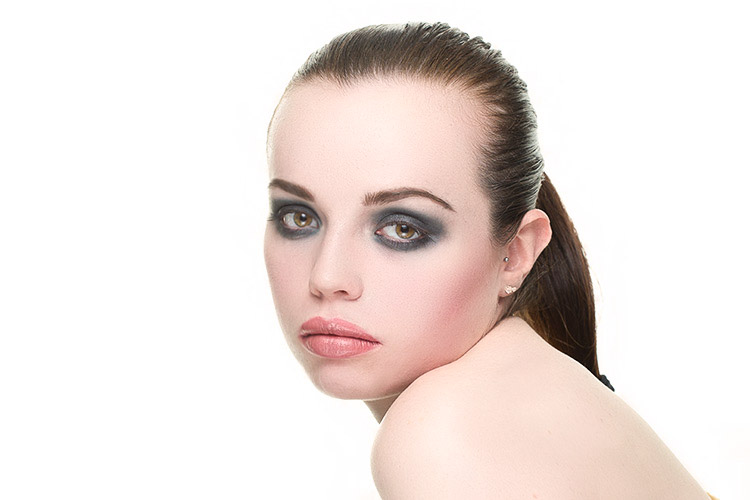





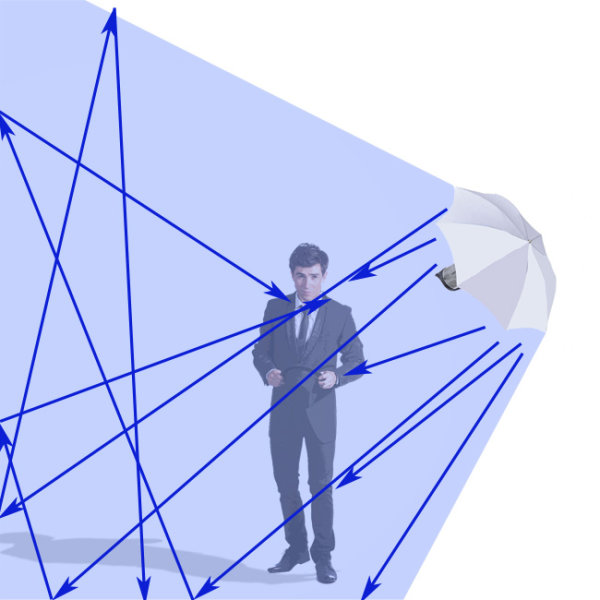
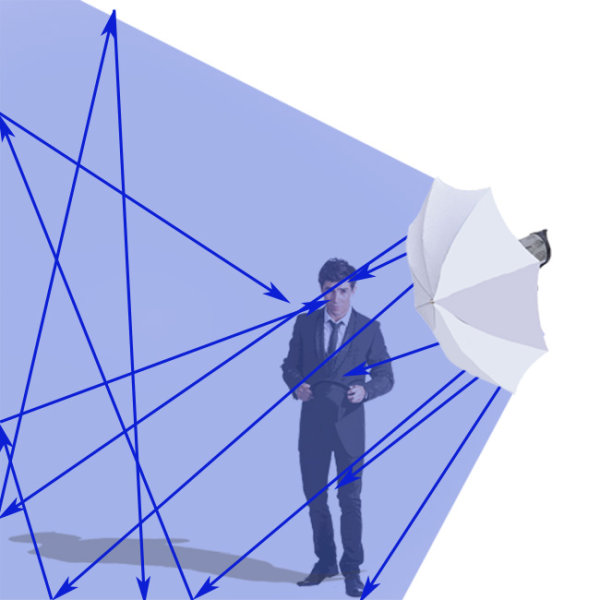
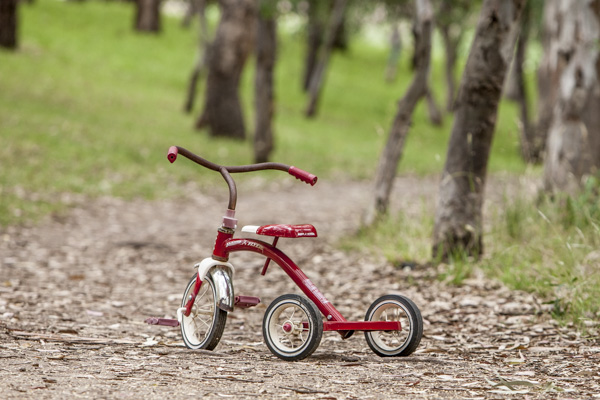
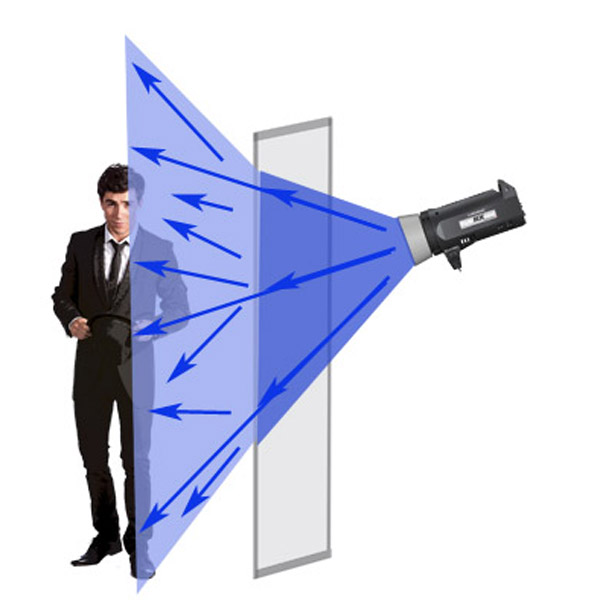
 This is a really cool way to create large areas of soft diffused light, as if you were shooting next to a large window, or have light clouds over the sun.
This is a really cool way to create large areas of soft diffused light, as if you were shooting next to a large window, or have light clouds over the sun.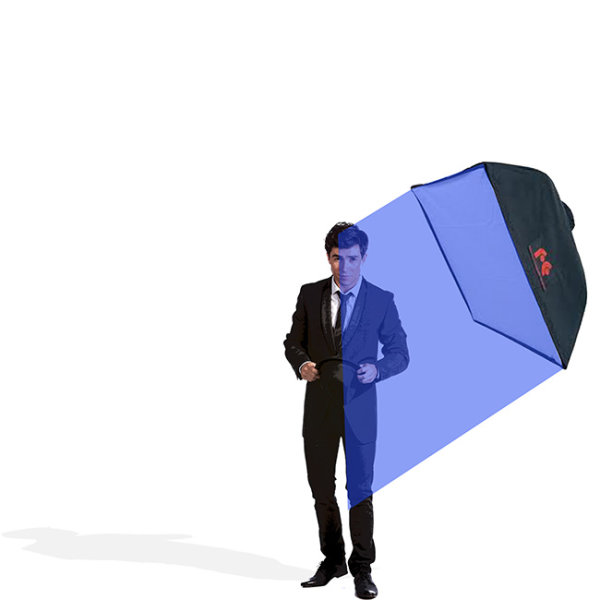
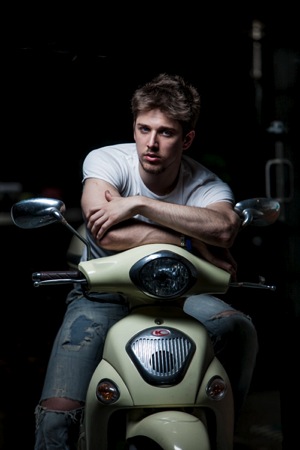
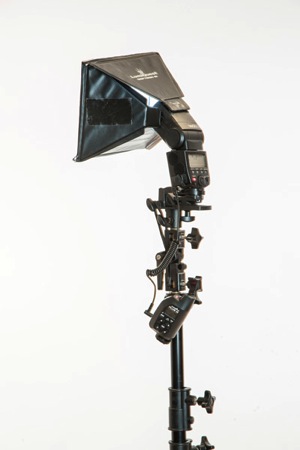

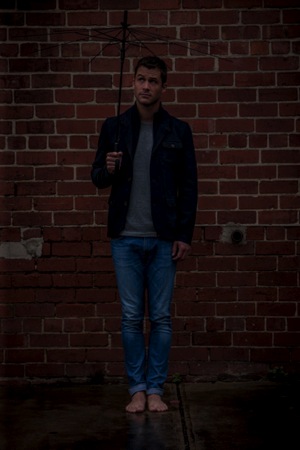
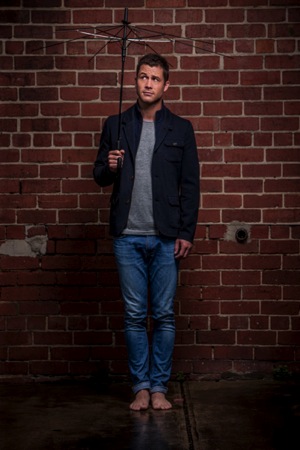
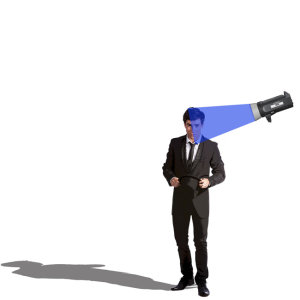
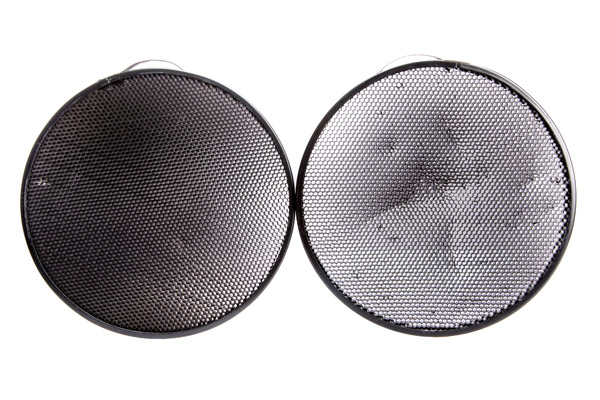
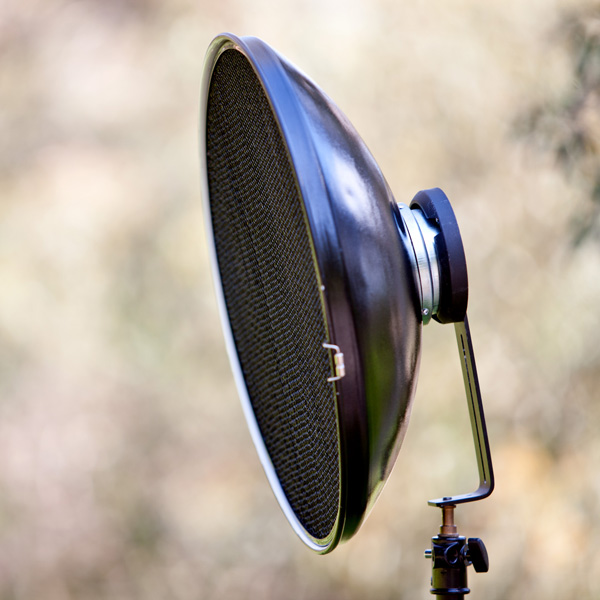
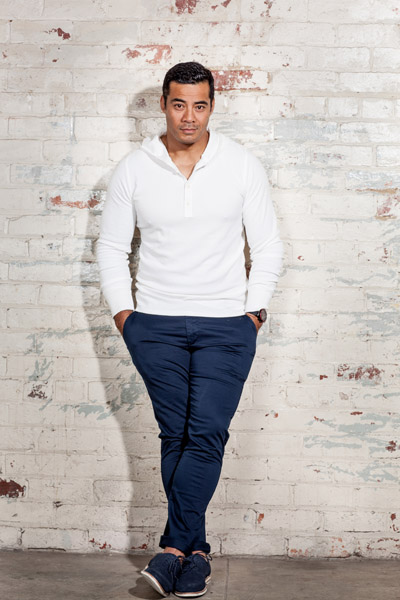
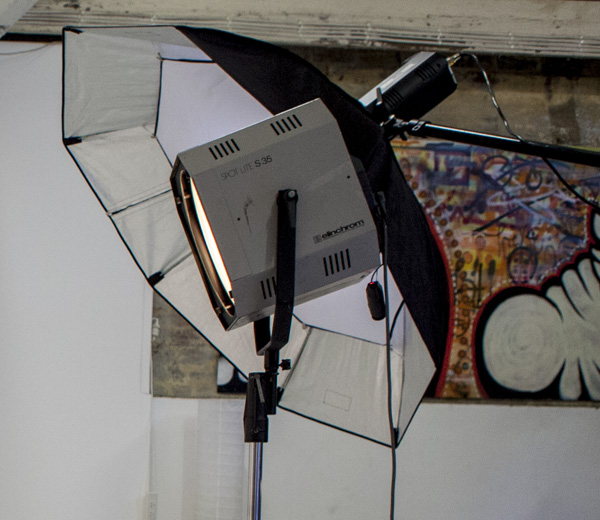
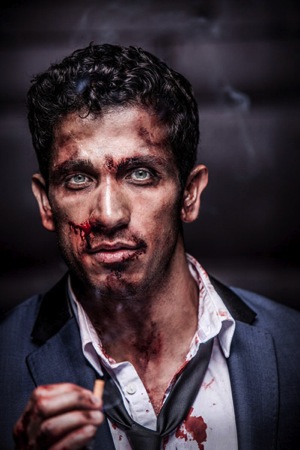
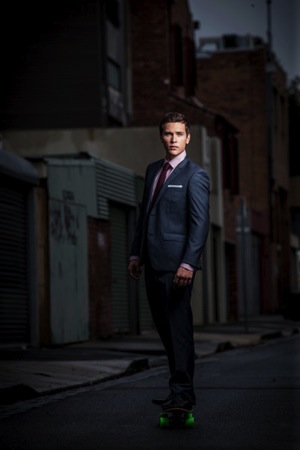


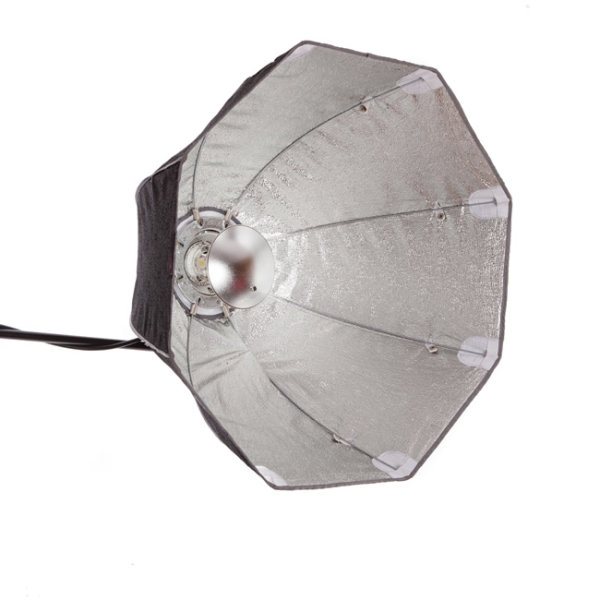
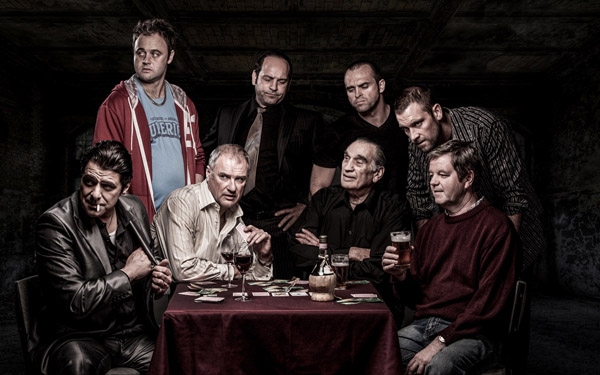

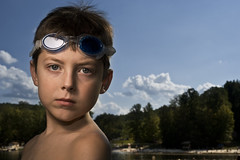 At 8×9″, the LumiQuest SB-III can be very soft — as long as you are working the light literally right up next to the subject. Case in point, this headshot of Ben I did for an ad for the SB-III when it first came out.
At 8×9″, the LumiQuest SB-III can be very soft — as long as you are working the light literally right up next to the subject. Case in point, this headshot of Ben I did for an ad for the SB-III when it first came out. The next step up, size-wise, gets us to a beauty dish. A broad, shallow reflector, it throws a modestly soft light at portrait distances. There is nothing particularly “beautiful” about it. The dish just has good PR, I guess.
The next step up, size-wise, gets us to a beauty dish. A broad, shallow reflector, it throws a modestly soft light at portrait distances. There is nothing particularly “beautiful” about it. The dish just has good PR, I guess. Usually recommended as the first soft light mod for a space-conscious photographer, the double-fold umbrella practically disappears in your bag. It collapses down to 15″. (Best of all, they are just silly cheap.)
Usually recommended as the first soft light mod for a space-conscious photographer, the double-fold umbrella practically disappears in your bag. It collapses down to 15″. (Best of all, they are just silly cheap.)
You must be logged in to post a comment.